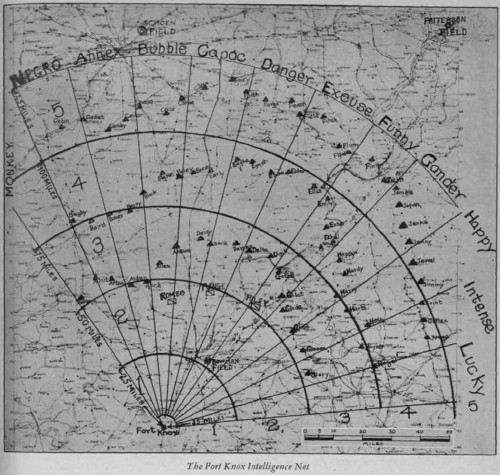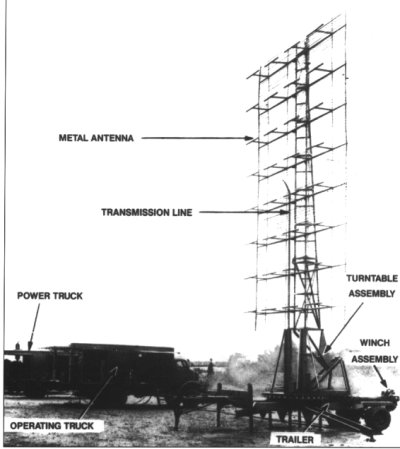One of the important things to know about General Douglas MacArthur was that almost nothing said or written about him can be trusted without extensive research to validate its truthfulness. There were a lot of reasons for this. Bureaucratic infighting inside the US Army, inside the War Department, and between the War and Naval Departments all played a role from MacArthur’s attaining flag rank in World War 1 (WW1) through his firing by President Truman during the Korean War. His overwhelming need to create what amounts to a cult of personality around himself was another.
However, the biggest reason for this research problem was that, if the Clinton era political concept of “The Politics of Personal Destruction” had been around in the 1930s through 1950s, General Douglas MacArthur’s face would have been its poster boy. Everything the man did was personal, and that made everything everyone else did in opposition to him, “personal” to them. Thus followed rounds of name calling, selective reporting and political partisanship that have utterly polluted the historical record and require research over decades to untangle.
A case in point is the December 8th 1941 attack on Clark Field and the massacre of the American B-17 force. This 2007 article by Michael Gough titled “Failure and Destruction, Clark Field, the Philippines, December 8, 1941″ is a good example of the accepted narrative of the Clark Field attack.
The real reason we lost those planes on Dec 8th 1941 was American bad luck, delusion and political ghost dancing meeting a very well prepared Japanese enemy. Luzon was too close to the center of Japanese air power for the Far Eastern Air Force (FEAF) to survive. Nothing MacArthur did or didn’t do would have made a real difference in that outcome.

The following was posted to the Academic H-War listserve back in late May 2012 and addresses the timing of the raid on Clark and Iba fields Dec 8th 1941 —
“Hi Gang
I’ve refrained from commenting on this thread because of the subject’s
complexity, the dearth of primary documents, and a desire to avoid
replying to endless questions, but I will make a bit of an effort here:
From 0330 until 1014, HQ USAFFE specifically denied Brereton permission to
launch his bomber force at Clark (19 B-17s) against the Japanese
facilities on Formosa and did not allow him to speak directly with
MacArthur either in person or on the telephone.
FEAF dispersed the bombers to holding positions in the air at about 0800
to avoid an attack expected that morning. Most of the bombers were in the air
most of that morning.
MacArthur gave Brereton permission to attack Formosa during a telephone
call at 1014, and Brereton recalled the dispersed force which began landing
about 1100.
It took two to two and a half hours to refuel, load bombs, and prepare an attack,
thus FEAF’s aircraft were on the ground at about 1220 when the Japanese air
forces, delayed by fog on Formosa for roughly five hours, reached Clark.
USAFFE persistently denied Brereton’s efforts to conduct reconnaissance of
Formosa prior to 8 December, but the 19th Bomb Group’s target files
apparently contained enough information that, although dated, made an
attack on Formosa more than just a thrust into the unknown.
Who ignored MacArthur’s chain of command and in what way?
I am still working on my biography of Lt. Gen. Lewis H. Brereton.
Hopefully, it will get done.
Cheers,
Roger G. Miller, Ph.D., GS-14
Deputy Director
Air Force Historical Studies Office
HQ USAF/HOH
Joint Base Anacostia-Bolling
Washington, D.C. 20373-5899”
So the Far Eastern Air Force (FEAF) took precautions to protect their B-17s from a dawn Japanese strike on Dec 8, 1941, but as Dr. Miller mentioned, they landed out of fuel just in time for the delayed-by-fog Japanese naval air force strike from Tainan Airfield, Formosa.


